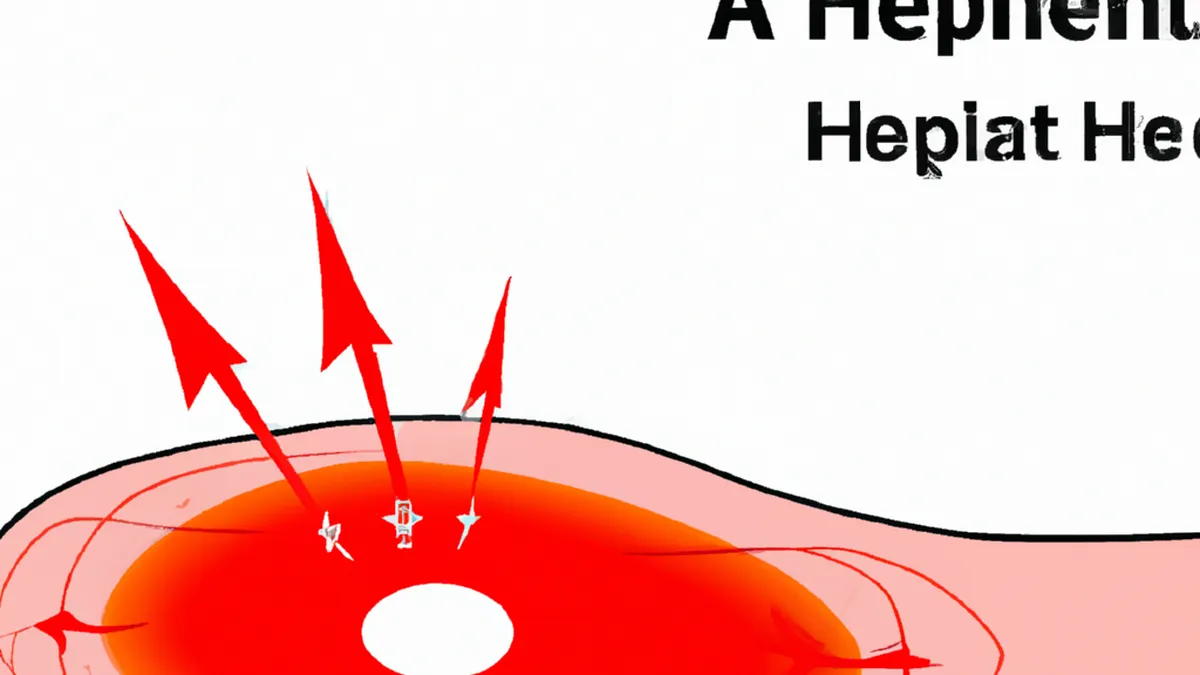Identify Symptoms of Heat Cramps Early
How to Recognize Heat Cramps in Non-Athletic Settings
Heat cramps can affect anyone, not just athletes. These painful muscle contractions often occur during everyday activities in hot weather. Recognizing heat cramps is essential, as they may lead to serious heat-related illnesses. This blog outlines the signs, symptoms, and effective responses to heat cramps.
Understanding Heat Cramps
Heat cramps usually occur when the body loses salt and fluid from excessive sweating. They manifest as sudden, painful muscle contractions in the legs, arms, or abdomen. While athletes commonly experience heat cramps, they can also affect non-athletes during activities like gardening or hiking. Recognizing symptoms and knowing how to respond is crucial.
The Physiology of Heat Cramps
High temperatures force your body to cool itself through sweating. Excessive sweating leads to a loss of vital electrolytes like sodium and potassium. Depleted electrolytes can cause muscle cramps. Although physical activity increases the risk, non-athletic individuals can also experience cramps in extreme heat.
Signs of Heat Cramps
Common Symptoms
Recognizing heat cramps’ symptoms helps ensure timely responses. Watch for these common signs:
1. **Muscle Spasms**: Sudden, painful contractions in muscles, often in the legs or abdomen, characterize heat cramps. These spasms last seconds to minutes and can be very uncomfortable.
2. **Excessive Sweating**: You might sweat more than usual, even without strenuous activity. This indicates your body is working hard to cool down.
3. **Fatigue**: Unusual tiredness or weakness can signal that your body struggles with heat.
4. **Increased Thirst**: Intense thirst may indicate dehydration. If you crave water, hydrate promptly.
5. **Nausea or Dizziness**: Some people may feel nauseous or dizzy, indicating worsening dehydration or heat-related illness.
Risk Factors
Certain conditions increase the risk of heat cramps. High temperatures, high humidity, and inadequate hydration significantly contribute. Wearing heavy or non-breathable clothing can worsen cramps. Individuals unaccustomed to hot weather or those with specific medical conditions may also face increased risks.
Conclusion
Recognizing and responding to heat cramps can prevent complications. Stay aware of the signs and symptoms to protect your health.
Below are related products based on this post:
FAQ
What are the common symptoms of heat cramps?
The common symptoms of heat cramps include sudden, painful muscle spasms in the legs or abdomen, excessive sweating, unusual fatigue, increased thirst, and feelings of nausea or dizziness. Recognizing these signs early is essential for effective response.
Who is at risk of experiencing heat cramps?
Anyone can experience heat cramps, especially non-athletic individuals. Factors that increase the risk include high temperatures, high humidity, inadequate hydration, wearing heavy clothing, and being unaccustomed to hot weather. Certain medical conditions may also contribute to the risk.
How can I respond to heat cramps effectively?
To respond effectively to heat cramps, it’s important to hydrate by drinking water or electrolyte-rich fluids. Move to a cooler environment to reduce body temperature, and gently stretch and massage the affected muscles to relieve pain. If symptoms persist or worsen, seek medical attention.















Post Comment